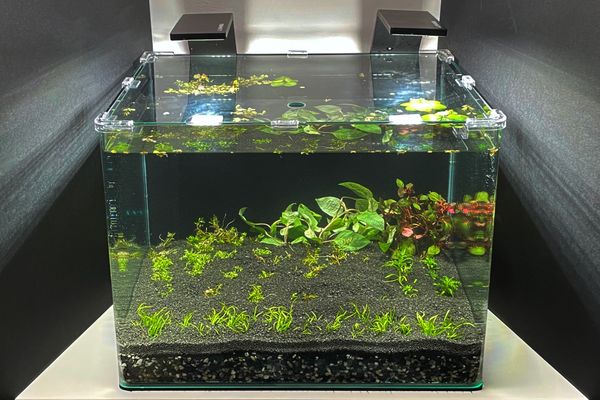Officialtollfree – Aquariums are not just glass containers filled with water; they are miniature ecosystems that offer a serene glimpse into aquatic life. Whether you’re a novice or an experienced aquarist, setting up and maintaining an aquarium requires careful consideration and attention to detail. This guide aims to provide a comprehensive overview of how to effectively utilize an aquarium, ensuring the well-being of its inhabitants while creating a visually stunning centerpiece for any space.
Table of Contents
Unlocking the Tranquility: A Comprehensive Guide to Aquarium Setup and Maintenance
1. Planning Your Aquarium:
Before diving into the world of aqua scaping, it’s essential to plan out your aquarium setup. Consider factors such as tank size, location, and the type of aquatic life you wish to keep. Research different species to ensure compatibility and understand their specific requirements regarding water conditions, diet, and habitat.
2. Equipment Essentials:
Investing in quality equipment is crucial for the success of your aquarium. Essentials include a tank, filter, heater (if keeping tropical fish), lighting, substrate, and decorations. Choose a filter system appropriate for the size of your tank and ensure it provides adequate mechanical, biological, and chemical filtration to maintain water clarity and quality.
3. Setting Up Your Aquarium:
Begin by thoroughly cleaning the tank and adding the substrate. Position decorations and plants to create a natural-looking environment while providing hiding spots and shelter for your aquatic inhabitants. Fill the tank with dechlorinated water to the appropriate level and install the filter and heater. Allow the tank to cycle for several weeks to establish a stable ecosystem before introducing any fish.
4. Introducing Fish and Other Inhabitants:
When selecting fish for your aquarium, consider factors such as size, temperament, and compatibility with other species. Start with a small number of hardy fish to avoid overwhelming the ecosystem during the initial cycling phase. Acclimate new fish to the tank gradually to minimize stress and monitor water parameters regularly to ensure optimal conditions.
5. Aquarium Maintenance:
Regular maintenance is key to keeping your aquarium thriving. Perform weekly water changes of around 10-20% to remove debris, excess nutrients, and waste buildup. Clean the filter regularly to prevent clogging and maintain water flow. Trim plants as needed and remove any decaying matter to prevent ammonia spikes and algae growth. Test water parameters regularly and make adjustments as necessary to ensure a stable environment for your aquatic inhabitants.
6. Feeding and Care:
Proper nutrition is essential for the health and well-being of your fish. Feed a balanced diet tailored to the specific dietary requirements of each species, avoiding overfeeding to prevent water pollution. Monitor fish behavior and appearance regularly for signs of illness or distress, and address any issues promptly to prevent further complications. Provide adequate lighting and maintain a consistent photoperiod to support plant growth and natural biological rhythms.
7. Creating a Beautiful Aquascape:
Aqua scaping is the art of arranging plants, rocks, and other elements within the aquarium to create visually appealing landscapes. Experiment with different layouts and design principles such as focal points, balance, and depth to create a stunning aquatic masterpiece. Incorporate a variety of plant species to add color, texture, and oxygenation to the tank while creating a natural habitat for fish and other inhabitants.
8. Troubleshooting Common Issues:
Despite your best efforts, aquariums may encounter issues such as algae outbreaks, fish illness, or water quality fluctuations. Educate yourself on common problems and their potential causes, and develop a plan of action to address them effectively. Utilize resources such as online forums, books, and local fish stores for guidance and support in resolving issues and maintaining a healthy aquarium.
In conclusion, creating and maintaining an aquarium is a rewarding hobby that offers endless opportunities for creativity, relaxation, and appreciation of the natural world. By following the guidelines outlined in this guide and staying committed to proper care and maintenance, you can enjoy a thriving aquatic ecosystem that brings beauty and tranquility into your home or office space for years to come.
DA

